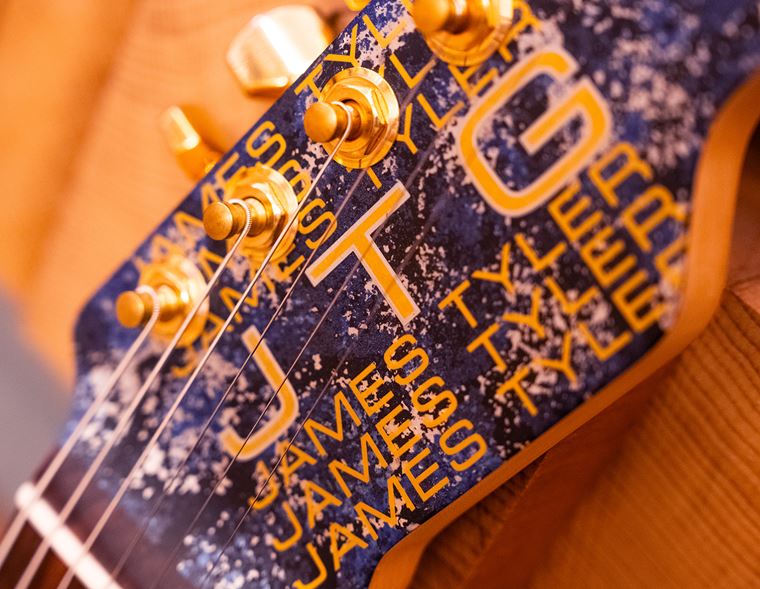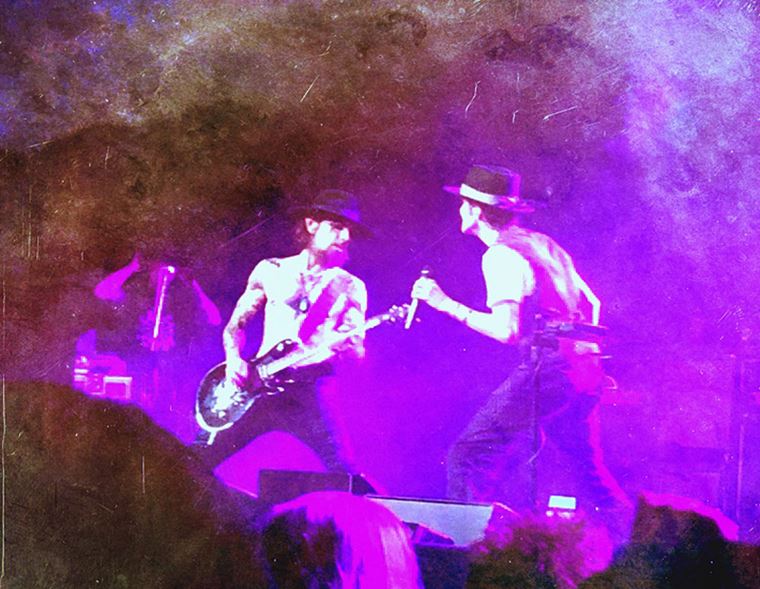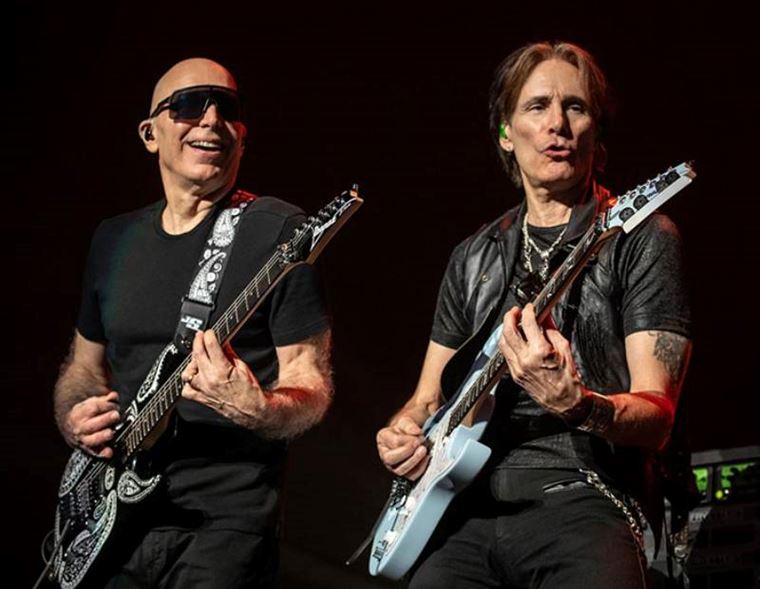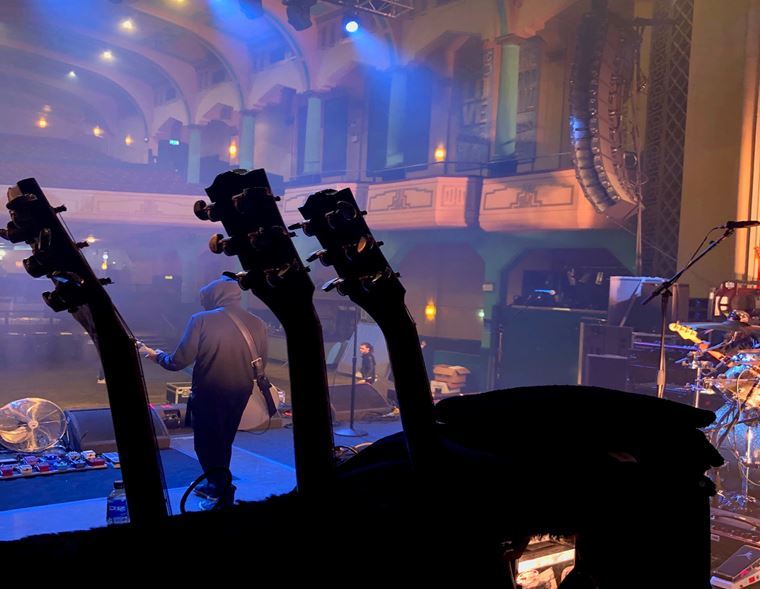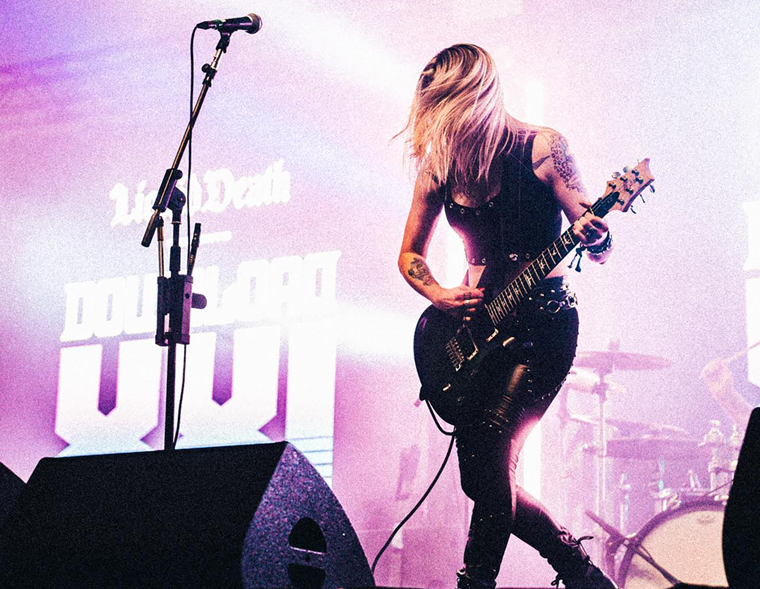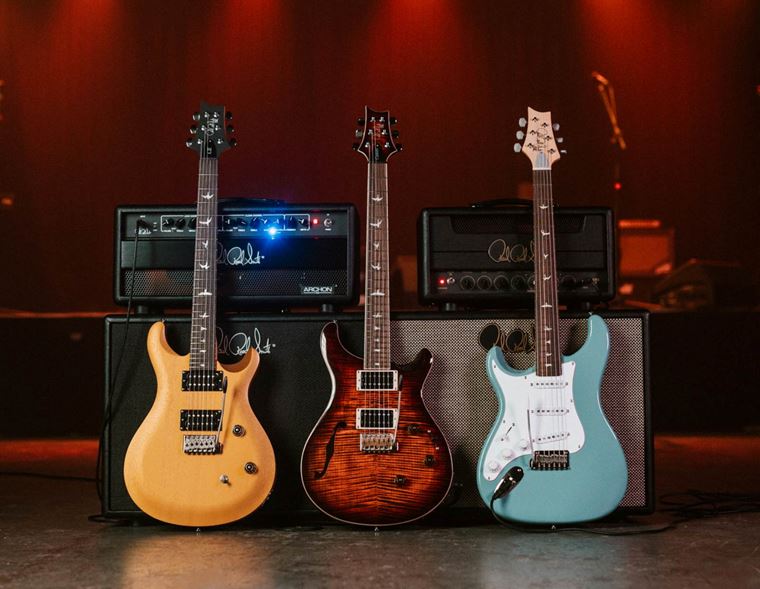Classic Albums Revisited: Metallica's Black Album
Published on 31 August 2022
It’s one of metal’s biggest records, and a genuinely iconic album, from its front cover to its unbeatable selection of tracks. It appeals to true fans and casual music lovers alike, and it changed the sound of ‘heavy’ forever. This month, back in 1991, it was released to an instant number one position in the charts where it remained for a month.
You all know what this album is!
From the first notes of Enter Sandman onwards, every fan of hard rock and metal will instantly recognise this behemoth of a record. Known officially as Metallica, this self-titled monolith of rock is better known by its nickname: the Black Album. It has sold 16 million copies since its release and continues to be one of the best loved and most influential metal albums in existence.
Today, we want to delve into the Black Album a little. We’ll highlight some top tracks and generally celebrate its excellence, so why not come along with us for the ride?
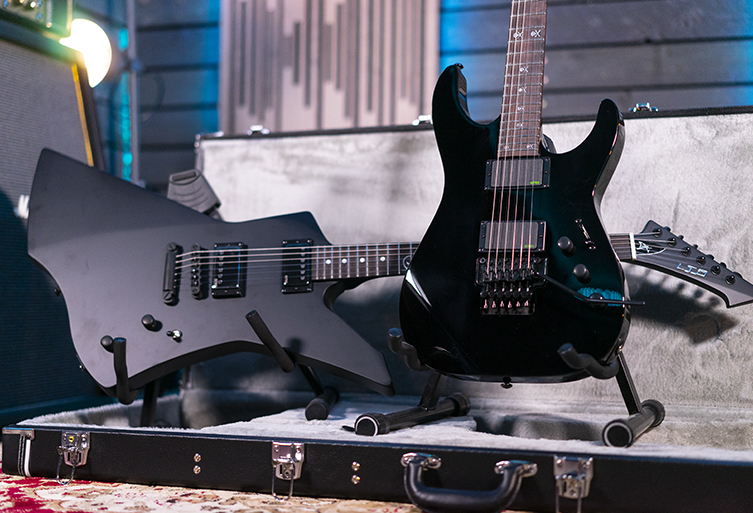
The Black Album
The Black Album, as we’ll refer to it, came after a huge tour supporting Metallica’s And Justice For All album. Justice proved to be a monster of a record, firmly establishing the Bay area quartet as one of the Big Four alongside fellow thrashers Megadeth, Anthrax and Slayer. Of the four, Metallica arguably stood the best chance of breaking through into an ever bigger audience, given their wealth of crushing-yet-catchy riffs, their melodic sensibility and their overall sonic quality: they just sounded excellent.They had the sound every heavy band wanted, and their success was enormous.
Breaking ground into a more mainstream audience, however, was considered a dangerous move for a band with such genre credibility: would the hardcore fans feel disappointed and betrayed as more and more casual fans took notice? Even today, the sense of kinship and pride that comes with fandom is particularly strong within metal music. Metalheads seem to be the most loyal fans in existence, but also the strictest in terms of their demands for authenticity and integrity. Metallica’s next album would by no means be an assured win for the band. They needed to deliver the goods.

Luckily, Hetfield and co teamed up with famed producer Bob Rock (he’d previously worked with Bon Jovi and Aerosmith), whose ability to discern hooks and ‘moments’ from the band’s jams and demos was a hugely important factor in the eventual record’s success. The sessions were fraught (judging by subsequent documentaries, we wonder which Metallica sessions weren’t?) but the resulting record was slower, leaner, bigger sounding and tighter than they’d ever sounded before. Their skills as songwriters and arrangers were highlighted more than ever, and some songs -whilst remaining as uncompromisingly heavy as ever - were definite contenders for radio play.
The Black Album was their biggest hit to date and remains so. It’s a great entry point for new listeners and a touchstone for longtime ‘Metallifans’. Here, then, are a few of the biggest moments on a record filled with them.
Enter Sandman
Enter Sandman is the obvious entry point, given not only its ubiquity as a hard rock classic, but also since it’s the album’s opening track. Framed around an immortal riff penned by Kirk Hammett (who’s prior creative input had been often dismissed by the band), Sandman sets the tone for a record that may house apocalyptically heavy sounds, but whose sounds are also offered up in a more accessible way than on previous Metallica albums. Vibe established, the band then used this song to define the blueprint for what was to follow: top-tier riffing, big choruses and streamlined arrangements.
Sad But True
To this day, Hetfield still introduces this song at concerts with phrases like: ‘Now it’s time for something heavy’. He should know, of course, given that he wrote the iconic, lurching, monolithic riff that strides along like a T-Rex throughout the tune. As a one-two punch after Enter Sandman, it’s an enormously confident start to the record.
Sad but True sees the pace immediately slow down, with all instruments correspondingly tuned a step down to emphasise the hugeness of the music on offer. Truly, it’s a massively satisfying chonk of a song, and guitar fans will applaud Hetfield’s fastidiousness when tracking the rhythm parts: listen closely and, in amongst the triple-tracked main riff, you might be able to hear the additional tracks of just the low E ‘chug’ parts, which were added to reinforce the breezeblock nature of the music. Talk about commitment to the cause! See if you can hear those overdubs, because they are definitely there, and they definitely increase the crunch factor of the tune!
Unforgiven
Reversing the then-fresh grunge paradigm of ‘quiet verse, heavy chorus’, Metallica did the opposite on their (first) Wild West epic, The Unforgiven.
Making the most of Metallica’s tradition of using acoustic guitars in their intros, The Unforgiven sees the band in expansive form, evoking the sound and atmosphere from some forgotten Sergio Leone classic. Twangy guitars and horns bring us into a bleak, dry world, with a tale of unrealised potential and regret supplying the narrative.
As mentioned, you’ll notice that the verses are heavy, distorted blasts of emotion, whilst the choruses are cleaner, quieter and more contemplative. Best of all, the guitar solo on this tune is a monumental triumph for Hammett, who manages to exude huge levels of drama and lyricism with his performance, not to mention taste and emotion. It’s a stunning centrepiece on what’s already an album high point.
Wherever I May Roam
A firm fan favourite, Wherever I May Roam added a slightly mystical edge to Metallica’s particular brand of epic. With an intro that wouldn’t sound out of place on a movie soundtrack, this song perfectly distils the ‘slower = heavier’ mantra adopted by the band and Bob Rock. It’s an ode to the constant traveller, something close to the heart of the band members perhaps, after touring for pretty much all of the 80s.
It may be fair to comment that the Black Album’s second half isn’t the equal of the first (true of a great many albums) but this latter half titan of a song stands as tall as Everest.
Nothing Else Matters
Another second side jewel is this ballad, perhaps the only example of such on the whole album (we’d concede The Unforgiven as a ballad at a push, but it’s not an easy fit for us) and an undoubted classic in the band’s catalogue.
More sensitive and restrained than anything they’d previously done, Nothing Else Matters is the masterpiece ballad that Metallica had always threatened to write. We get the quiet intro, we get a rousing chorus and we get a full-on orchestra backing up the band in the latter stages.
Interestingly, Kirk Hammett is actually nowhere to be seen on this tune. James Hetfield played all of the guitars on the recording, including the face melting solo towards the end! We do wonder how Kirk felt about being left off the entire song, but it’s something of a stone cold classic nowadays, so hopefully he sees the merit in the decision!
A Heavy Metal Classic
This month, back in ‘91, Metallica changed their tune and changed the world. Heavy music was now a matter of what came before the Black Album and what came after it. Even Metallica themselves had trouble replicating the lighting-in-a-bottle that was this particular zeitgeist-defining record. The enduring success of the Black Album speaks for itself, as metal music was never the same again.
Accessibility within the heaviness, mixed with a high standard for the songwriting, yielded a record that you could hum along to as it burned and blistered its nefarious path out of your speakers. Its songs were perfect for rock radio and tailor-made for the world’s stages. There was enough invention and nuance to satisfy musos, and more than enough headbangers on there for the mosh-elite to appreciate in time-honoured fashion. If there wasn’t quite something for everyone (how boring would that be?), it was and is an extraordinarily well put together body of work. Which is your favourite song from the Black Album?


